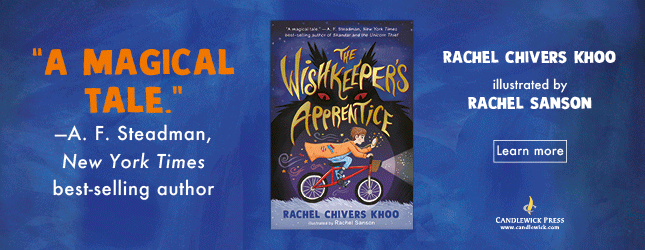Review Detail
Middle Grade Fiction
447
Important Novel About the Civil Rights Movement
Overall rating
4.7
Plot
4.0
Characters
5.0
Writing Style
5.0
Illustrations/Photos (if applicable)
N/A
Things are not easy for Rufus Jones' family in Birmingham, Alabama in 1963. His mother is a cook at the local steel factory, but his father is killed in an accidental at the plant. His uncle, Sam, has been to college and has one of the few management positions held by Black people, so he and his wife, Ola, who teaches high school, are able to help a bit. The family lives in a small shack in Bull Hill with few amenities, which they rent from a local white man who does little to improve the condition of his tenants. We Paul, a friend of Sam's, starts paying attention to Rufus' mother, Rufus isn't too happy, although Paul is quietly adamant about courting the mother, bringing food, always showing up, and waiting patiently on the porch until he is finally asked in. Rufus and his younger sister Georgia are a little apprehensive, since they have memories of their father, but soon see that having Paul in their life is a good thing. Rufus is aware of all of the racial tension in the South around this time, since he reads the newspapers his uncle brings him, and also Jet magazines that he gets from his teachers, and the family is torn between preserving their own safety and helping to further Civil Rights in their area. Paul decides that it would be a good step to move out of their neighborhood, but they don't have enough money to move to Sam's neighborhood, which is called "Dynamite Hill" because of the tensions caused as Black residents move in. They instead find a place in Ivy Town that is owned by the woman who owns the mill, Miss Boone.They are somewhat apprehensive, because she didn't step in to help with the insurance claim when his father died and the family has yet to recieve his settlement, but go to visit her anyway. A native of Boston, Miss Boone invites the family to enter through the front door of her house, and offers them a better home than they had their eye on, charging them $40 plus some sewing. The house has indoor plumbing and bedrooms for everyone. Some of the white residents are not happy, and a cross is burned in their yard, but it's still a step up from Bull Hill. When Civil Rights activism steps up in the summer of 1963, Rufus is glad to be involved, even if Paul and his mother want him to stay home and be safe. The adults are afraid to take place in the marches, although there are also protests like a boycott of local businesses, so the high school students start planning a children's march. Rufus leaves school to attend, and eventually is arrested and taken to the fair grounds, since the jail is full. Despite the dangers, Rufus is glad to see that the children are able to keep the Civil Rights struggle going forward and bring national attention the their cause.
Good Points
Rufus' story shows modern readers not only what the Civil Rights movement looked like, but also why it was so critically important. The details of Rufus' ordinary life, from the place he lived to the school he attends, will be unknown to many young readers who perhaps haven't been taught about this history in school. (In my state, the only US history taught before 8th grade tends to end at the Civil War.) This is set a few years before Jackson's The Lucky Ones, and shows the dire situations faced by Blacks in the South, but also showcases the resilience of Rufus' family and the successes they are able to acchieve despite the hostile environment. I appreciated that Miss Boone was shown in a favorable light, even though there probably weren't as many helpful white people at the time as there should have been. It's the perfect length, at 176 pages, and is written in a particularly clear yet fast paced way. The inclusion of historical figures and events is seamlessly done, and the story was as enjoyable to read as it was educational.
Pair this with Levinson's We've Got a Job for a fuller picture of the children's involvement, or with the aforementioned The Lucky Ones to compare and contrast the progress that the Civil Rights movement made in the 1960s. For so long, books about the South in the 1960s focused on white female main characters (think The Help), so it is great to finally see a different perspective of this important historical era.
Pair this with Levinson's We've Got a Job for a fuller picture of the children's involvement, or with the aforementioned The Lucky Ones to compare and contrast the progress that the Civil Rights movement made in the 1960s. For so long, books about the South in the 1960s focused on white female main characters (think The Help), so it is great to finally see a different perspective of this important historical era.
Comments
Already have an account? Log in now or Create an account



































